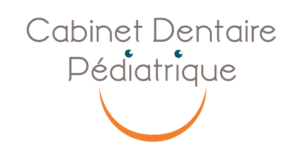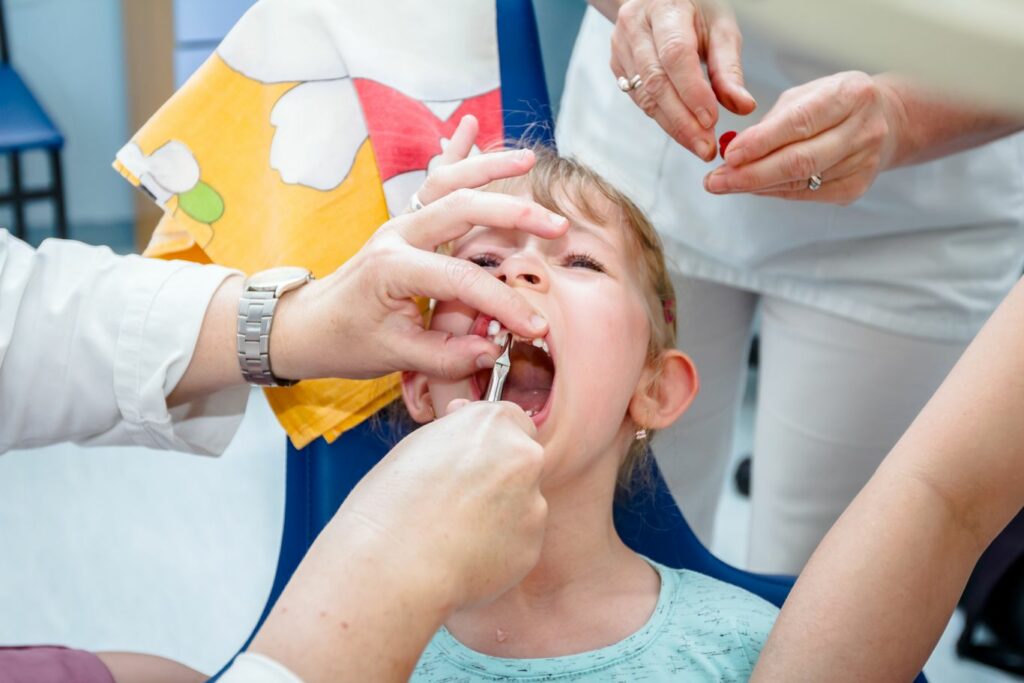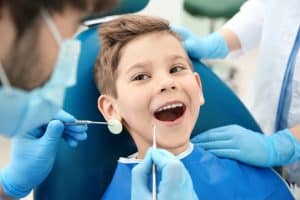Three different situations may explain the need forextracting a baby tooth The most common types of tooth decay are: painful cavities, cracks in the gums and abscesses. L'extraction of a baby tooth following an abscess is usually necessary when the infection is severe. Let's find out how to treat an abscessed baby tooth.
What is a dental abscess?
A dental abscess is a bacterial infection with an accumulation of pus in the tooth or gum. Dental abscesses, which are often the result of an untreated cavity, can cause severe pain with symptoms such as headaches, fatigue, fever, and swelling of the mouth.
The different causes of an abscess on a baby tooth
Although most of the time abscesses are the result of dental caries not treated in time by a dental surgeon, their causes can be numerous.
A gum injury or disease
An abscess can be caused by gum disease or a severe injury. Bacteria grow between the tooth and the tissue that protects it, forming an abscess.
Dental trauma
Sometimes the pulp of the tooth is destroyed due to a more or less recent impact. The tissue decomposes and becomes infected, resulting in an abscess.
An infection of the dental crown
More rarely, if the teeth are not brushed properly, the crown of a developing tooth can become infected with food residue. As the permanent molar tries to break through the gum under the baby tooth, the residue becomes lodged in the tissue and creates a dental abscess.
Extraction of a baby tooth to treat an abscess and prevention
It may sometimes be necessary toremove a decayed baby tooth affected by an abscess at the pedodontist. In this case, in order to relieve the young patient, a local anesthetic is administered.
Afterwards, it is necessary to open the damaged tooth in order to reach the pus accumulation to drain the abscess. The tooth is then cleaned, the infected pulp is extracted and the dental canals are blocked.
Finally, the dentist closes the sanitized area with a filling to prevent further colonization of the tooth by bacteria.
Vigilance and regular brushing of teeth
In children, an oral infection spreads more rapidly than in adults. Therefore, it is important to be vigilant and to ensure that the child brushes his or her teeth regularly, especially when one or more teeth are affected by cavities, since any food residue can accelerate the growth of bacteria.
Good dental hygiene will help your child avoid frequent visits to the dentist. However, it is possible to sometimes have to going to the pedodontist to pull your child's baby tooth in the absence of caries.
Is there any special post-extraction care following an abscess?
Once the baby tooth has been removed, it is important not to interfere with the healing process. Therefore, care must be taken not to irritate the wound.
Mouthwash or gargle is not recommended for 24 hours after the procedure. Children should also avoid touching the wound with their fingers or rubbing it with their tongue.
Applying ice cubes or crushed ice in a bag or washcloth to the cheek is possible if the jaw swells. However, the ice should not be applied directly to the skin and should not last longer than two minutes.
How to relieve a dental abscess?
While waiting for a visit to the dentist, you can relieve the abscessed tooth by avoiding hot or cold foods and drinks. You can also take a painkiller to ease the pain, but not too much. Applying ice locally can help relieve the pain.


